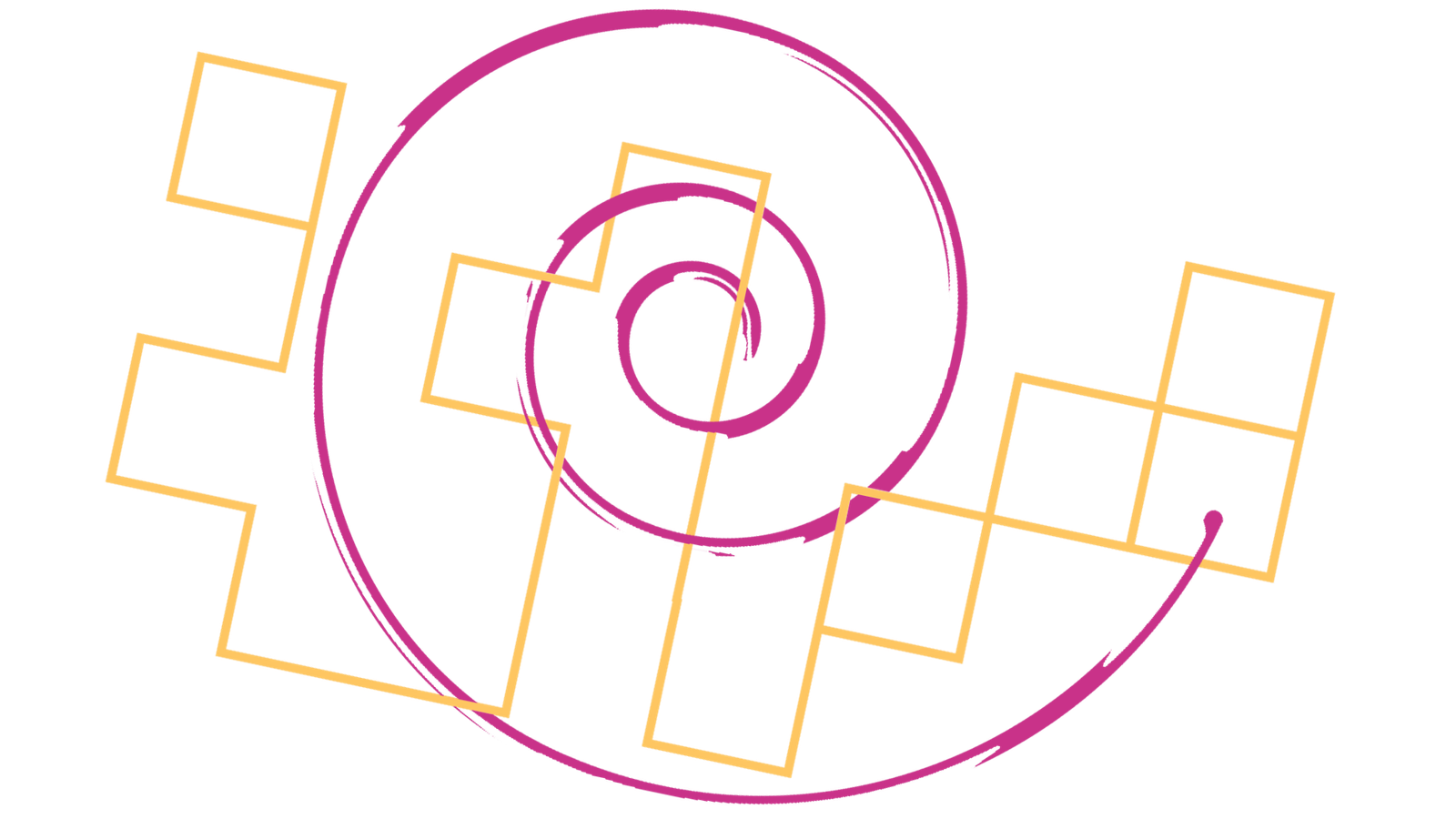





Nino Arbasetti
Influence. Impress. Inspire. Ignite.


Origins
A Pentium IV, 512MB of RAM, a 60GB IDE HDD, a copy of Macromedia Dreamweaver, HTML4, CSS2, a bit of an imagination, and a glimmer of hope.
This is how it all began. Since this time, learning front-end web development has been a way of life. Adding to this quest, there was more learning and experimentation in user experience design and user interface design supplementing the knowledge in front-end web development. Learning to take a simple idea and evolve it into a complete solution is a cross between art and science, and design acts as the bridge between the two.
The Depths
In this life, it was necessary to experience what was on the other side of reality. What was found was a very inhospitable place, full of negativity, darkness, loathing, indifference, mourning, suffering, pain, confusion, doubt, remorse, fear, resentment, loss, regret, trouble, apprehension, uncertainty, uneasiness, hurt, fatigue, anger, frustration, and worry. However, in the midst of this alternate existence emerged a lodestar. This beacon came in the form of Design, shining a warm light for the entire duration of the fateful journey.
The Other Side
Things have changed dramatically for the better over the years. By tasting the bitter, there is much more appreciation for the sweet. Passion for design that led out of the fog is still alive and stronger than ever. There is even greater capacity for helping others in more caring ways because of the past. Velocity increases by tapping into these past miseries. This is only a start.
Spiritual Fusion
Developing designs from new perspectives has a lot to do with developing spiritual principles from renewed surrender. Intelligent design comes from an intelligent designer. This intelligence can be seen in the form of things like humility, ambition, courage, faith, hope, honesty, open-mindedness, trust, gratitude, forgiveness, serenity, freedom, love, patience, willingness, acceptance, growth, happiness, responsibility, service, and unity.